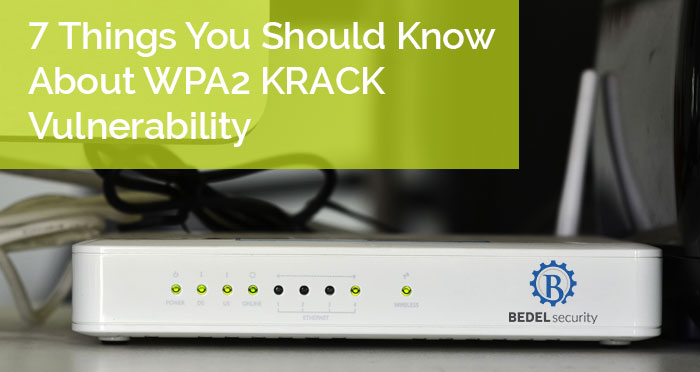What Benefit is there in a Business Impact Analysis?
So what Benefit is there in a Business Impact Analysis?


Announced over a week ago, weaknesses found in the WPA2 wi-fi protocol has the news and social media in a stir. In all the chatter that has come out on the topic, I found myself asking more questions after reading each article.
So the purpose of this blog post it to lay out the things I think you should know from the perspective of securing your business's wireless networks. I'm not going into the what's or how's of the attack, as there are a thousand places you can find that. These are meant to be actionable items for you to take as soon as possible.
I hope you find this helpful, let us know if you have any other questions or concerns: support@bedelsecurity.com
If you'd like to receive more information like this on the current trends in the cybersecurity industry sign up for our weekly newsletter below.
[mc4wp_form id="1943"]
Sources:
https://www.theguardian.com/technology/2017/oct/16/wpa2-wifi-security-vulnerable-hacking-us-government-warns
https://www.wired.com/story/krack-wi-fi-wpa2-vulnerability/
https://krebsonsecurity.com/2017/10/what-you-should-know-about-the-krack-wifi-security-weakness/

So what Benefit is there in a Business Impact Analysis?
A 2012 Small Business Administration survey in the United States found that 99.7% of U.S. employer firms were small businesses. The sheer number of...